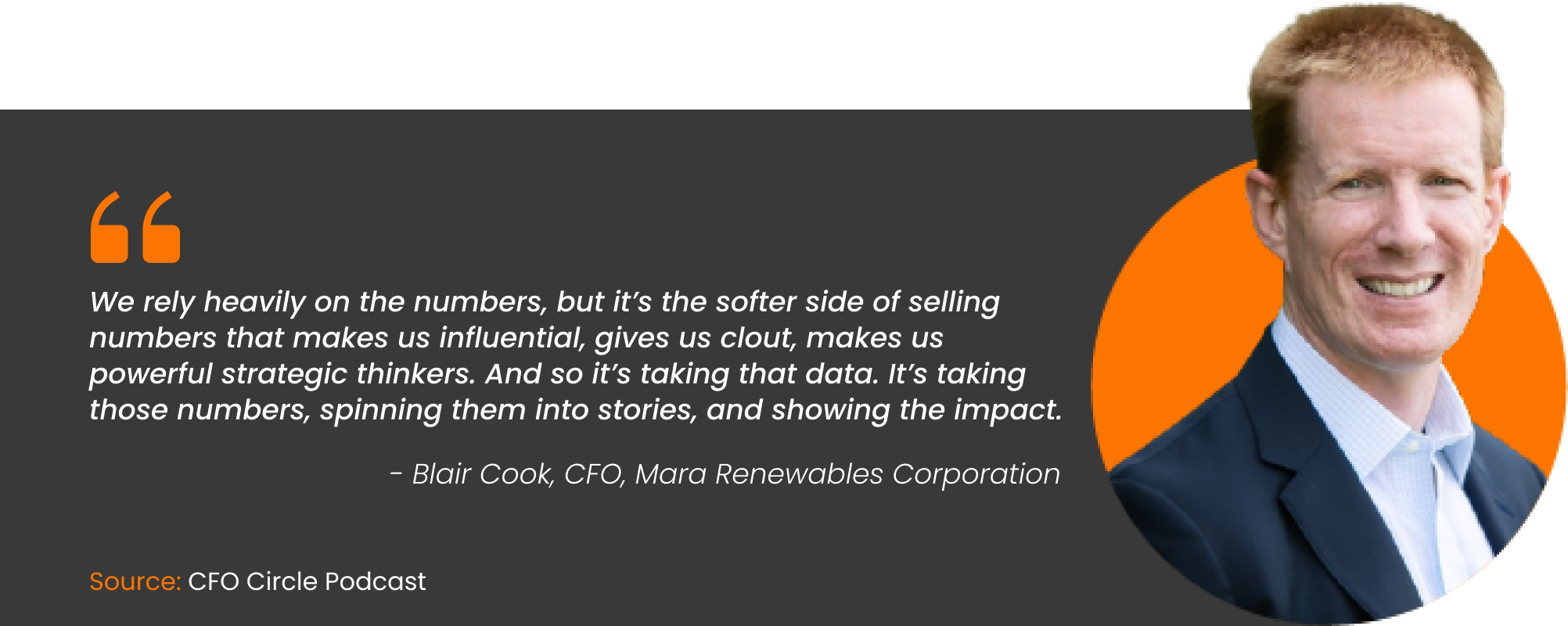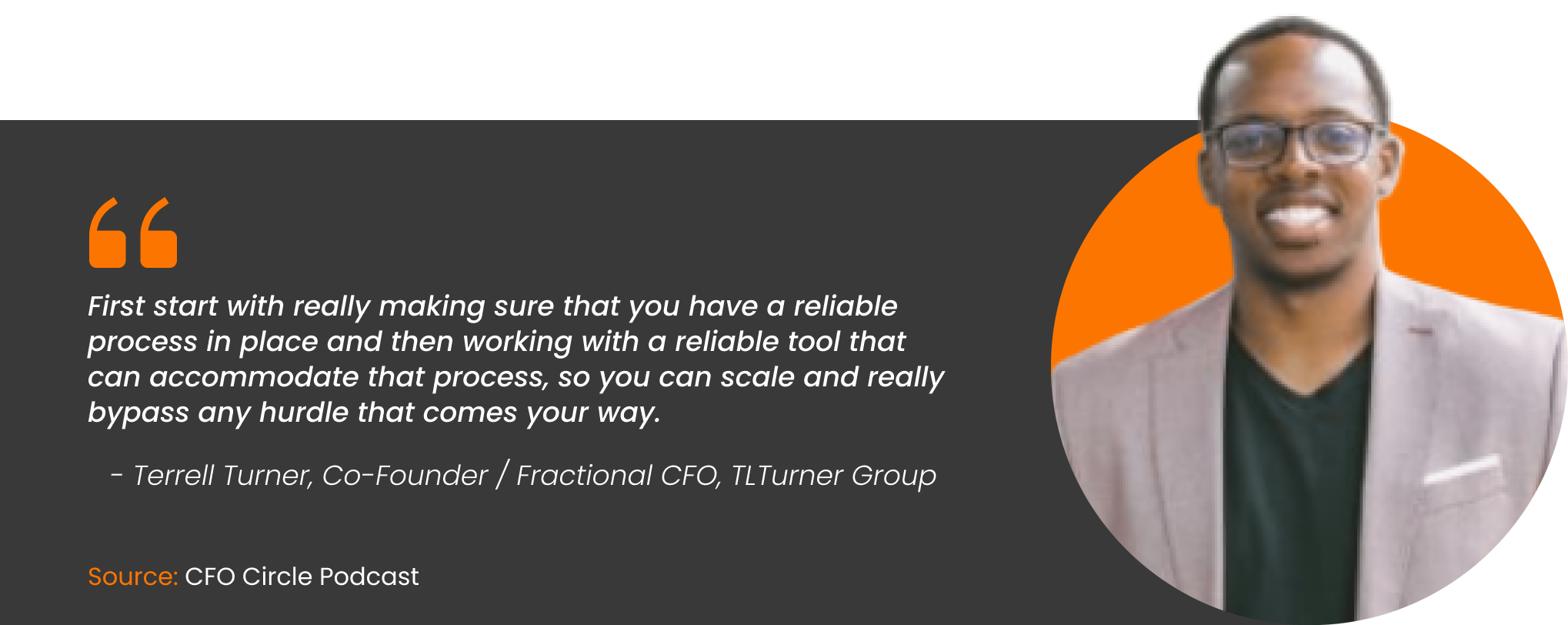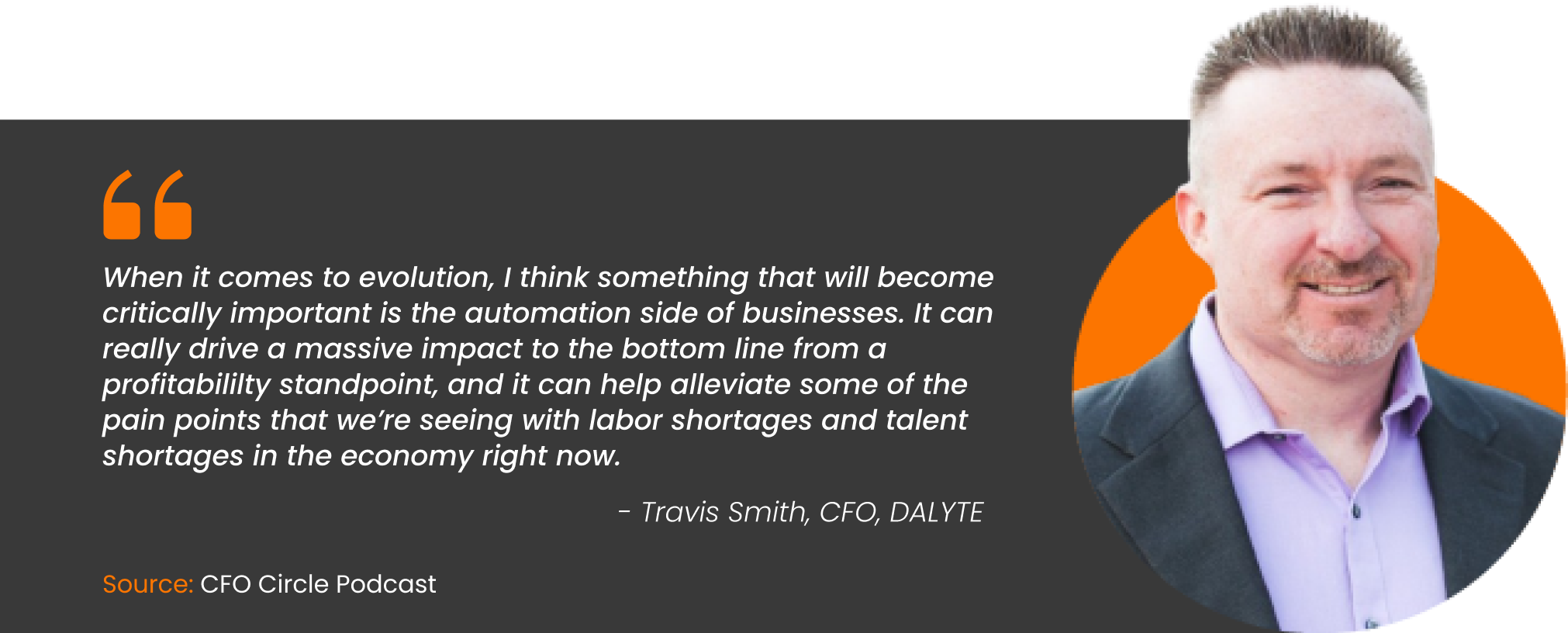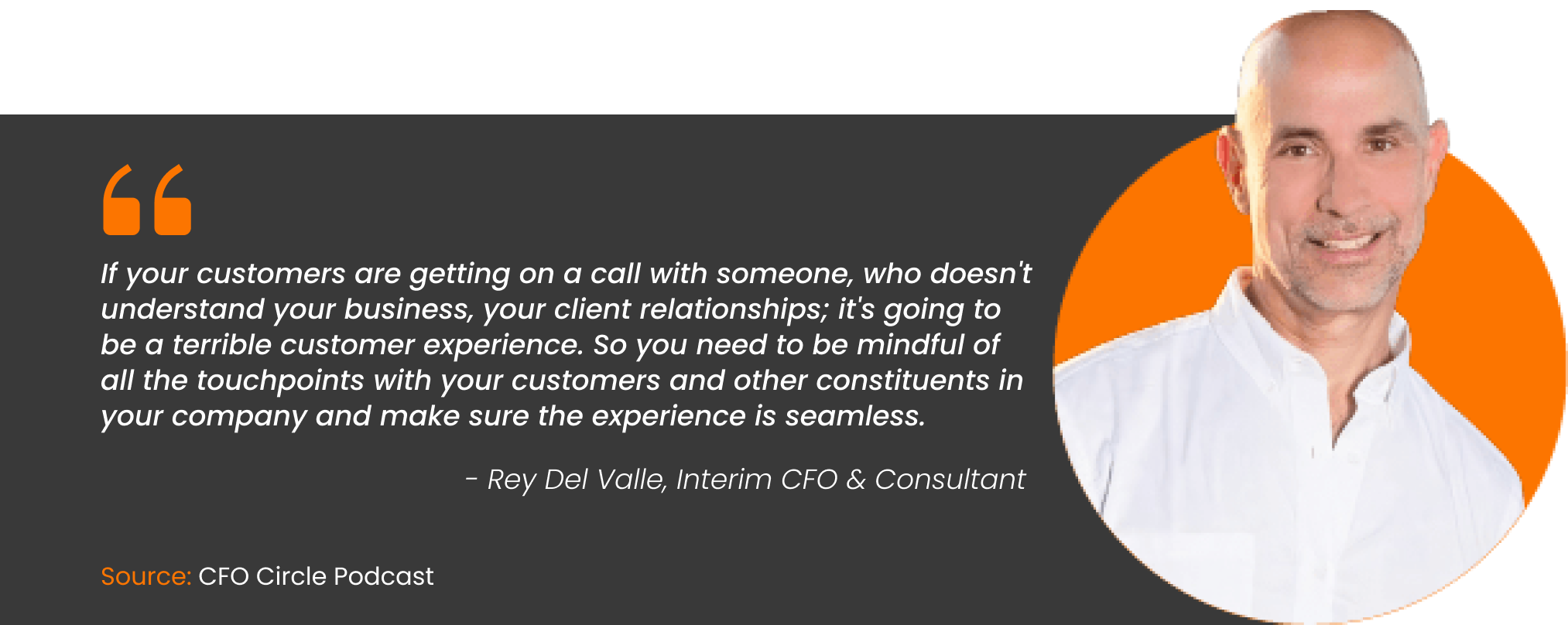
If agility is the destination, scalability is the road. Digital transformation has become the need of the hour, and technology is the crux of it. Taking recent times into consideration, most CFOs are planning their 2023 strategies around making businesses more agile.
While gaining agility is the goal, focusing on scalability through automation and technology is what will drive businesses there.
To thrive, businesses need to leverage scalable technologies and wield them strategically, and at the same time drive their adoption across the workforce.

Knowing your needs is more important than following others. On the CFO Circle Podcast, Michael Samonas, Group Chief Financial Officer at SIDMA STEEL SA shared “CFOs need to find the real need for digital transformation and not just do it for the sake of it. It’s important to have KPIs to measure the ROI or outcome of the digital transformation.”
Businesses are constantly transforming as the world transitions to an ultra-digital era. Technology has ushered in this new era by enabling transformation and empowering people. According to Michael, there is a strong correlation between technology, transformation, and people. “The finance function needs the proper combination of technology and functionality. So, it makes it easier for employees to do their work as they please and keeps them satisfied.”
As they say, the technology world is flat. Many organizations are getting quick wins by leveraging technology. But, without a strong roadmap for the digital transition, adoption and long-term value realization still remain a challenge. When asked about the roadmap for digital transformation, Michael said ”First of all, I would choose a scalable solution. I wouldn’t go for software that might not work for me after a couple of years, and I would require to change it.”
In conclusion, digital transformation sometimes could be a slow-cooked meal, but scalable emerging technologies are the secret ingredients that make it worthwhile.



















